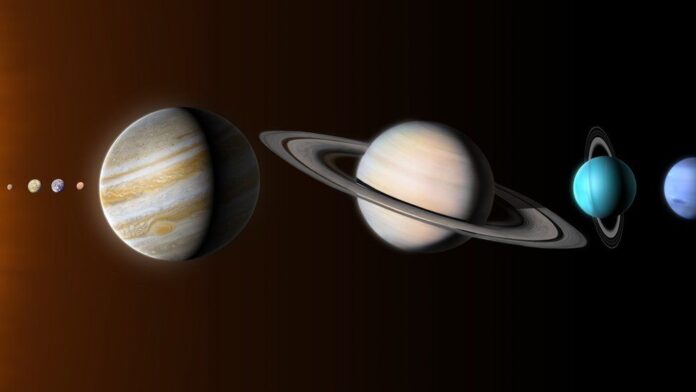On Thursday, the whole solar system’s planets will be visible in the night sky.
The two nearest planets, Uranus and Neptune, will be best seen using binoculars, while the other five should be viewable without them.
Mercury and Venus are low in the sky, making it difficult for anyone in the UK to see them.
Just after sunset is when you should go to view the show.
People who live farther south, such as in southern Europe or nearer the equator, have a better chance of seeing all the planets line up in the sky in a vertical row.
Further south, Mercury will also become more apparent.
Planets don’t sparkle as stars do. Mars will be a salmon-red colour, with Saturn and Jupiter shining the brightest.
“Mars is now best seen from the UK from now until around 2032. “Considering how long it will be before we see this one again, it is worthwhile to look at it now.” According to Dr. Robert Massey of the Royal Astronomical Society
Dr. Massey suggests that anyone interested in the night sky look for a clean vantage point and head towards the south-west horizon just after sunset.
Although it will be difficult to see from the UK, Venus should look the brightest, low in the south-west near the horizon.
The second-brightest planet, Jupiter, will be higher in the sky, where Saturn will also be seen.
According to Dr. Massey, anyone using a telescope should be able to see details like the moons of Jupiter as well as possible cloud systems or black markings on Jupiter and Mars.
In the south-west of England and the south and west of Wales, skies are anticipated to be the clearest. However, clouds may obstruct the view in the northern parts of Scotland and England.
When they lined up in a rare planetary conjunction in June, Mercury, Venus, Mars, Jupiter, and Saturn were all visible.

















